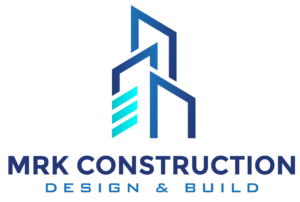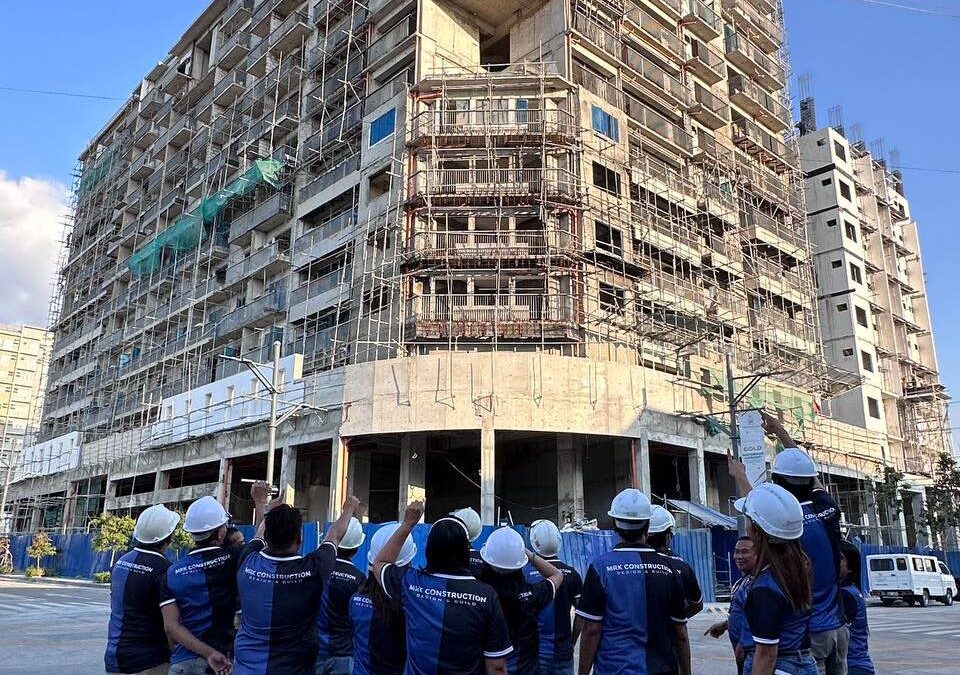The Future of Commercial Construction: Trends and Innovations in 2024
Commercial construction is undergoing a significant transformation, driven by technological advancements, sustainability efforts, and changing business needs. As we move into 2024, several key trends are shaping the future of commercial construction, offering new opportunities for innovation and efficiency. Let’s explore the top trends and innovations that are set to define the industry this year.
1. Green Building and Sustainability
Sustainability remains a major focus in commercial construction. Businesses are increasingly committed to reducing their environmental impact, leading to the adoption of green building practices. This includes the use of eco-friendly materials, energy-efficient systems, and sustainable design principles. LEED certification and other green building standards are becoming more prevalent, ensuring that new constructions meet rigorous environmental criteria.
2. Advanced Construction Technologies
The integration of advanced technologies is revolutionizing commercial construction. Building Information Modeling (BIM) allows for precise planning and collaboration, reducing errors and improving efficiency. Drones are being used for site inspections and surveys, providing real-time data and enhancing safety. Additionally, 3D printing is being explored for creating complex building components, potentially reducing costs and construction time.
3. Modular and Prefabricated Construction
Modular and prefabricated construction methods are gaining traction due to their efficiency and cost-effectiveness. By constructing building components off-site in a controlled environment, projects can be completed faster and with less waste. This approach also allows for greater flexibility and scalability, making it ideal for various commercial projects, from office buildings to retail spaces.
4. Smart Buildings
Smart buildings equipped with advanced technologies are becoming the norm in commercial construction. These buildings use IoT (Internet of Things) devices to manage and monitor systems such as lighting, HVAC, and security. Smart buildings not only enhance operational efficiency but also improve occupant comfort and safety. Features like automated climate control and energy management systems contribute to significant cost savings.
5. Focus on Health and Wellness
The design and construction of commercial spaces are increasingly prioritizing health and wellness. Features like improved air quality, natural lighting, and ergonomic designs are being integrated to create healthier work environments. The WELL Building Standard is gaining popularity, emphasizing the importance of physical and mental well-being in commercial spaces.
6. Adaptive Reuse and Renovation
Adaptive reuse and renovation projects are becoming more common as businesses look to repurpose existing structures rather than building new ones. This trend not only preserves historical architecture but also offers a sustainable alternative to new construction. Renovation projects can breathe new life into outdated buildings, making them suitable for modern commercial use.
7. Enhanced Project Management Tools
Innovative project management tools are streamlining the construction process. Software solutions for scheduling, budgeting, and communication are improving coordination and reducing delays. These tools provide real-time updates and analytics, allowing project managers to make informed decisions and keep projects on track.
Conclusion
The commercial construction industry is embracing a future defined by sustainability, technology, and innovation. By staying ahead of these trends, businesses can create commercial spaces that are not only functional and efficient but also environmentally responsible and conducive to occupant well-being. Whether you’re planning a new construction project or looking to renovate an existing space, understanding these trends will help you make strategic decisions that align with the future of commercial construction.
As we move through 2024, the focus on green building, smart technologies, and adaptive reuse will continue to shape the landscape of commercial construction, paving the way for a more sustainable and innovative industry.

